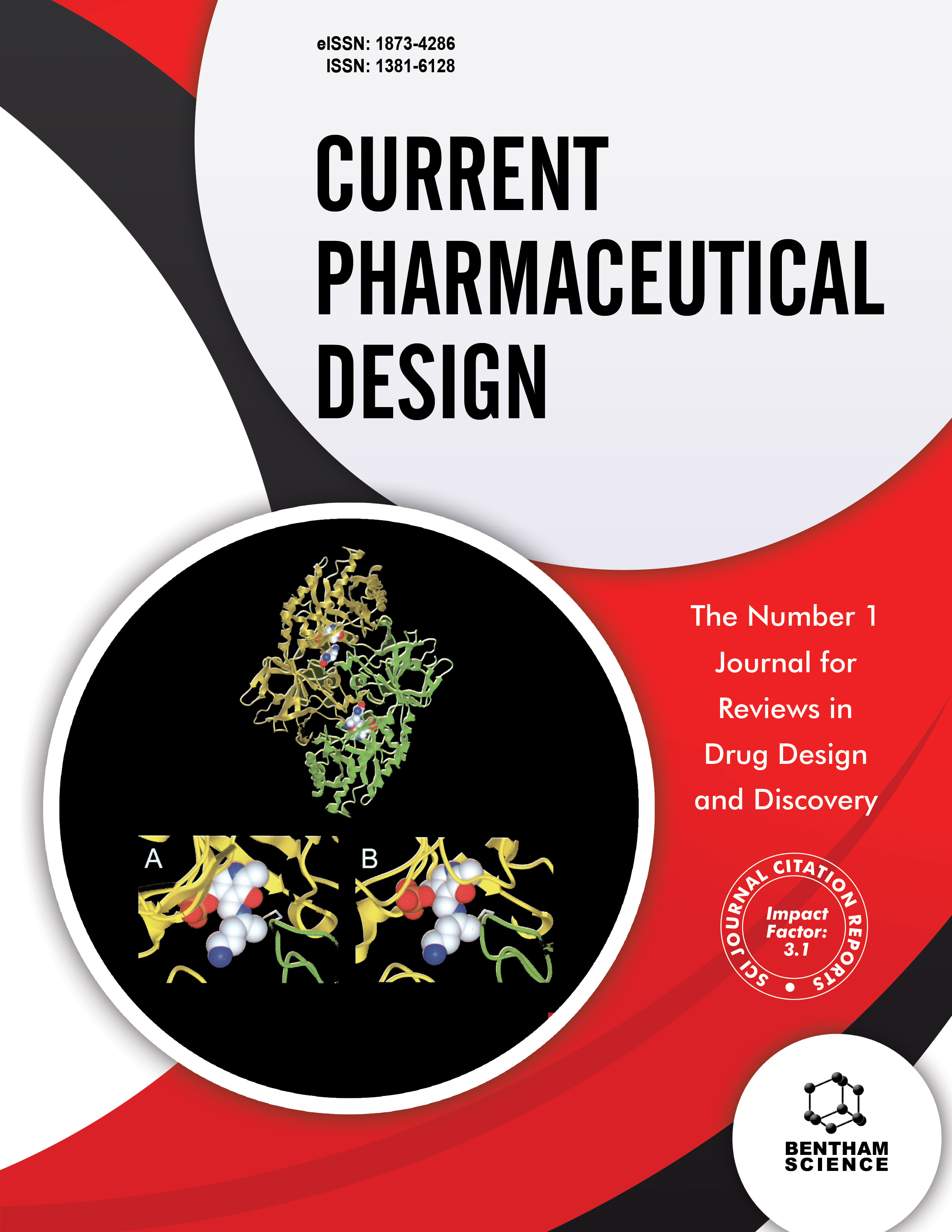-
s RNAi in Plasmodium
- Source: Current Pharmaceutical Design, Volume 20, Issue 2, Jan 2014, p. 278 - 283
-
- 01 Jan 2014
Abstract
RNA interference (RNAi) has quickly proven to be an immensely useful tool for studying gene function and validation of potential drug targets in almost all organisms that possess the required set of proteins of the interference pathway. In protozoan parasites like Plasmodium, Toxoplasma, Entamoeba, Giardia, Trypanosoma, and Leishmania, this set of enzymes is represented divergently. Hitherto, no RNAi-related genes like Dicer and Argonaute have been identified in Plasmodium and Leishmania species, respectively. However, non-canonical RNAi-related pathways might be present in both parasites, as it has been recently demonstrated in Plasmodium. In this review, we discuss existing challenges and future directions for developing RNAi as a tool for studying gene function and as a possible clinical application against Plasmodium.


